Archive
2021
KubaParis
The Thinking Body
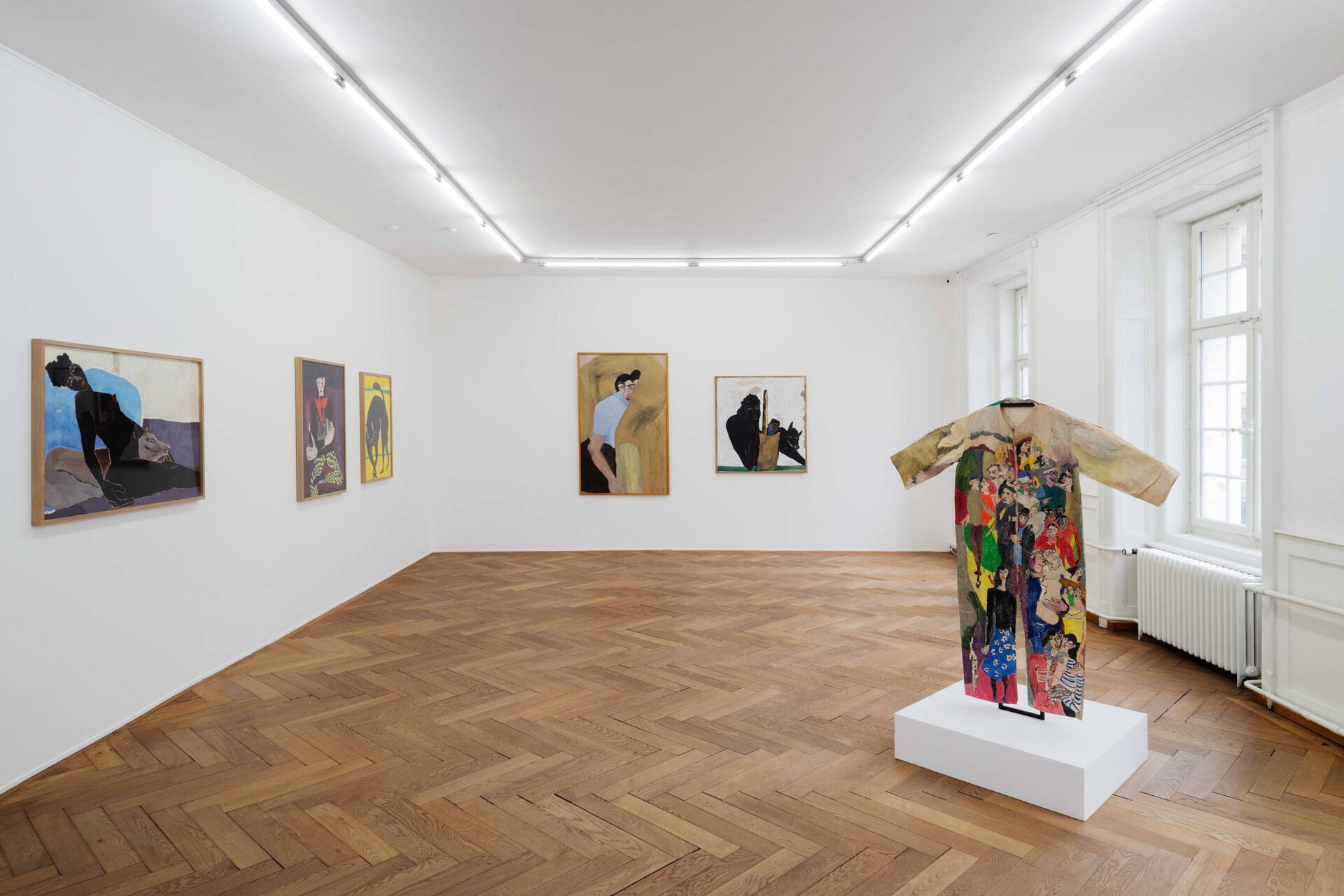
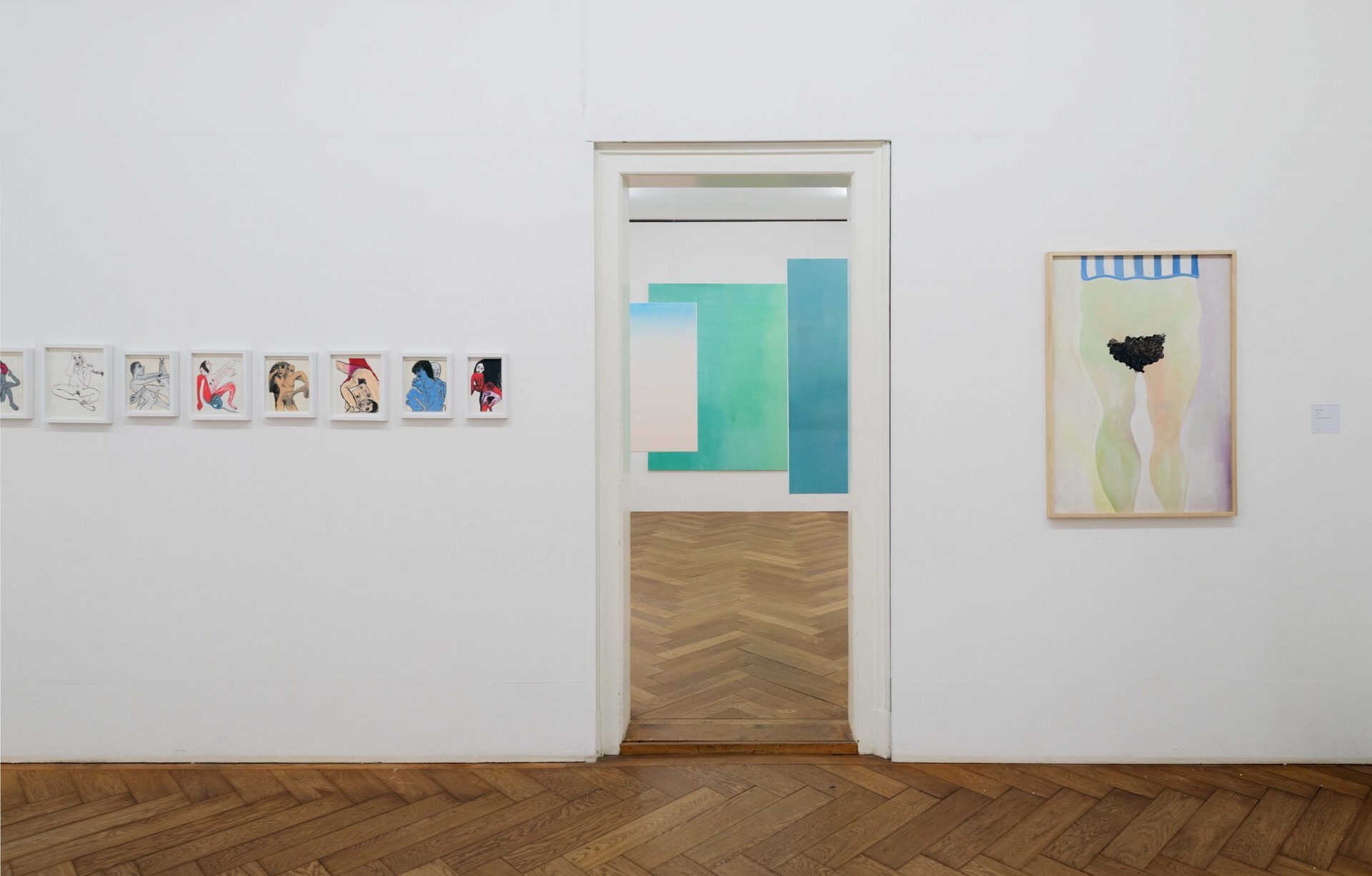
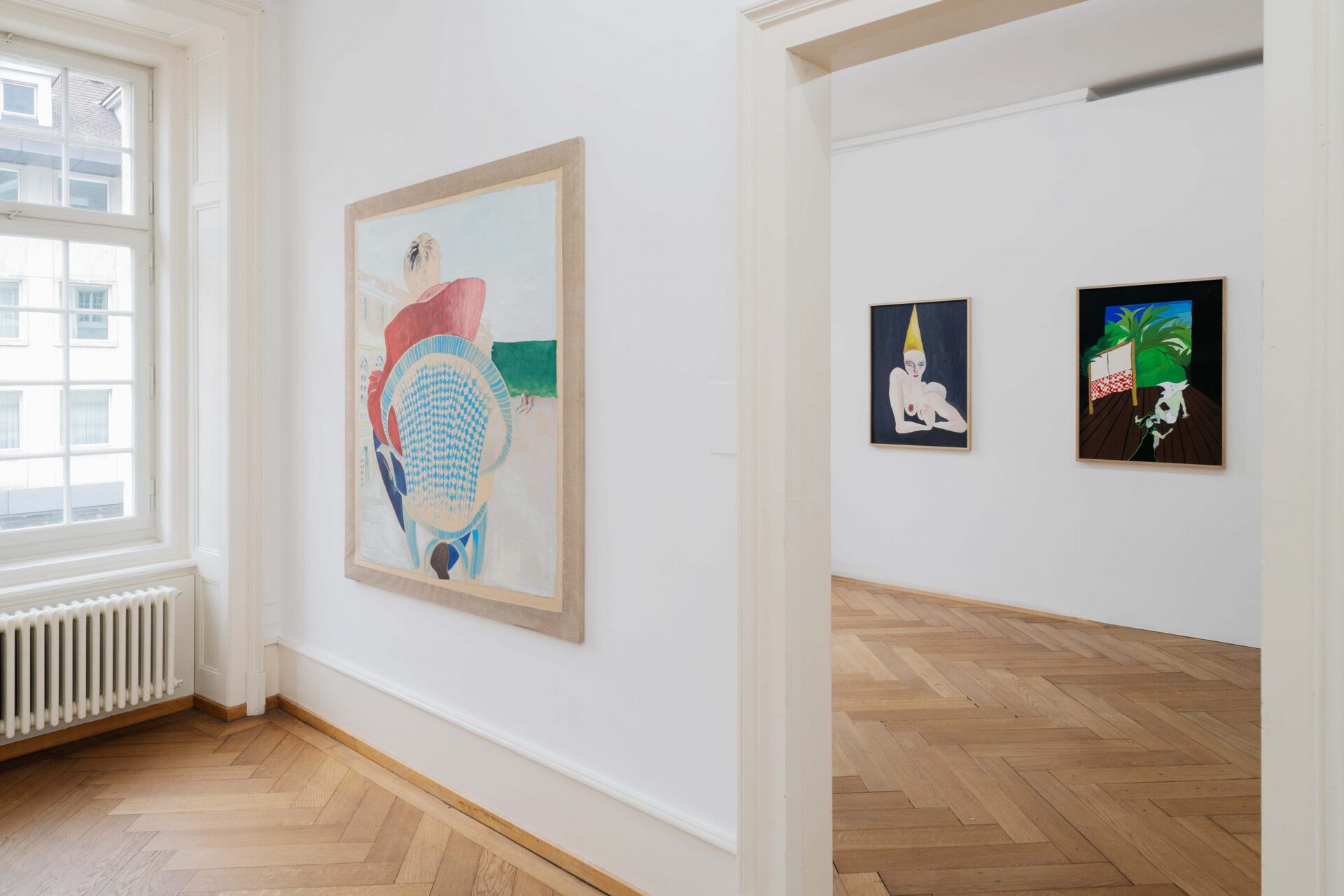
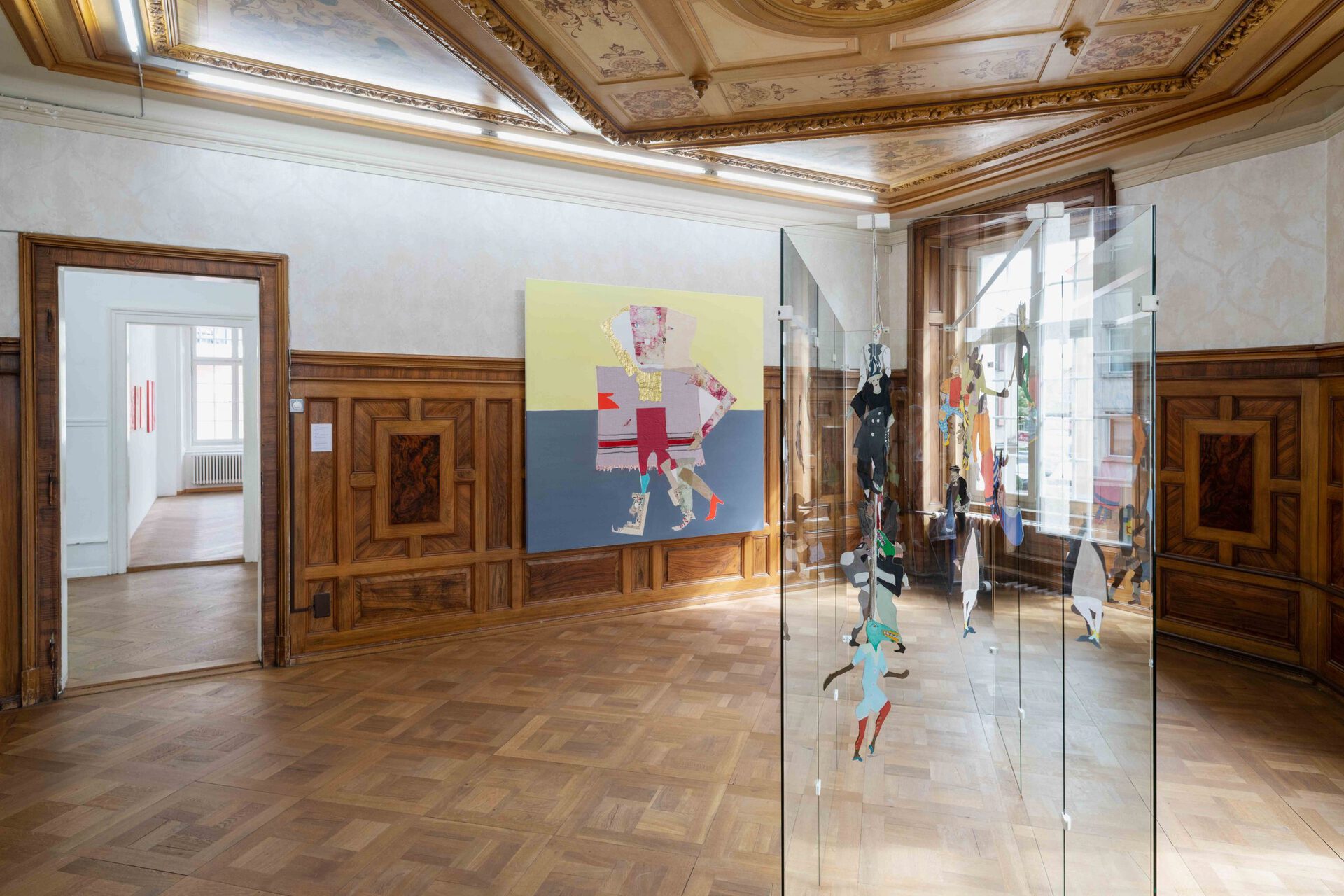

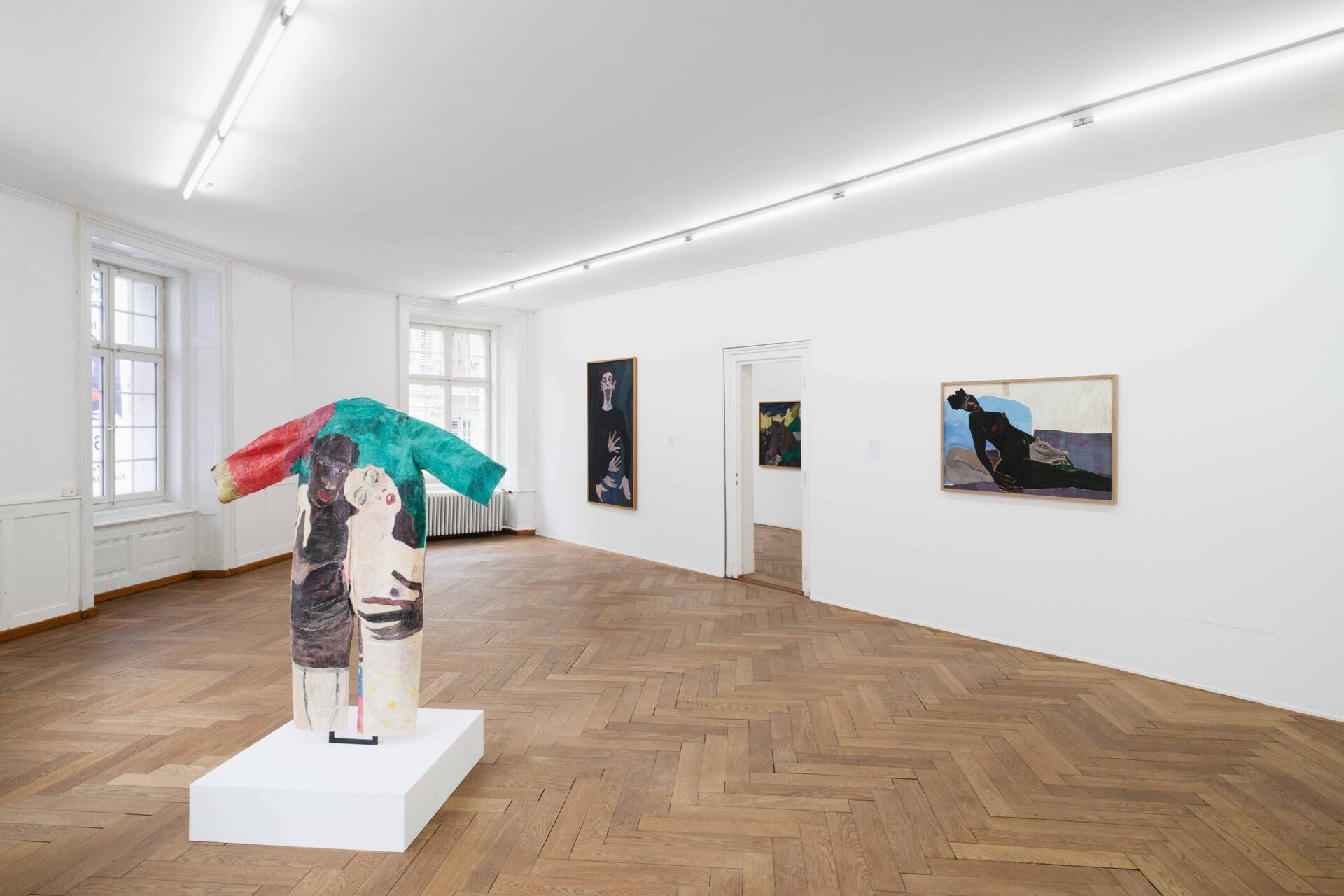
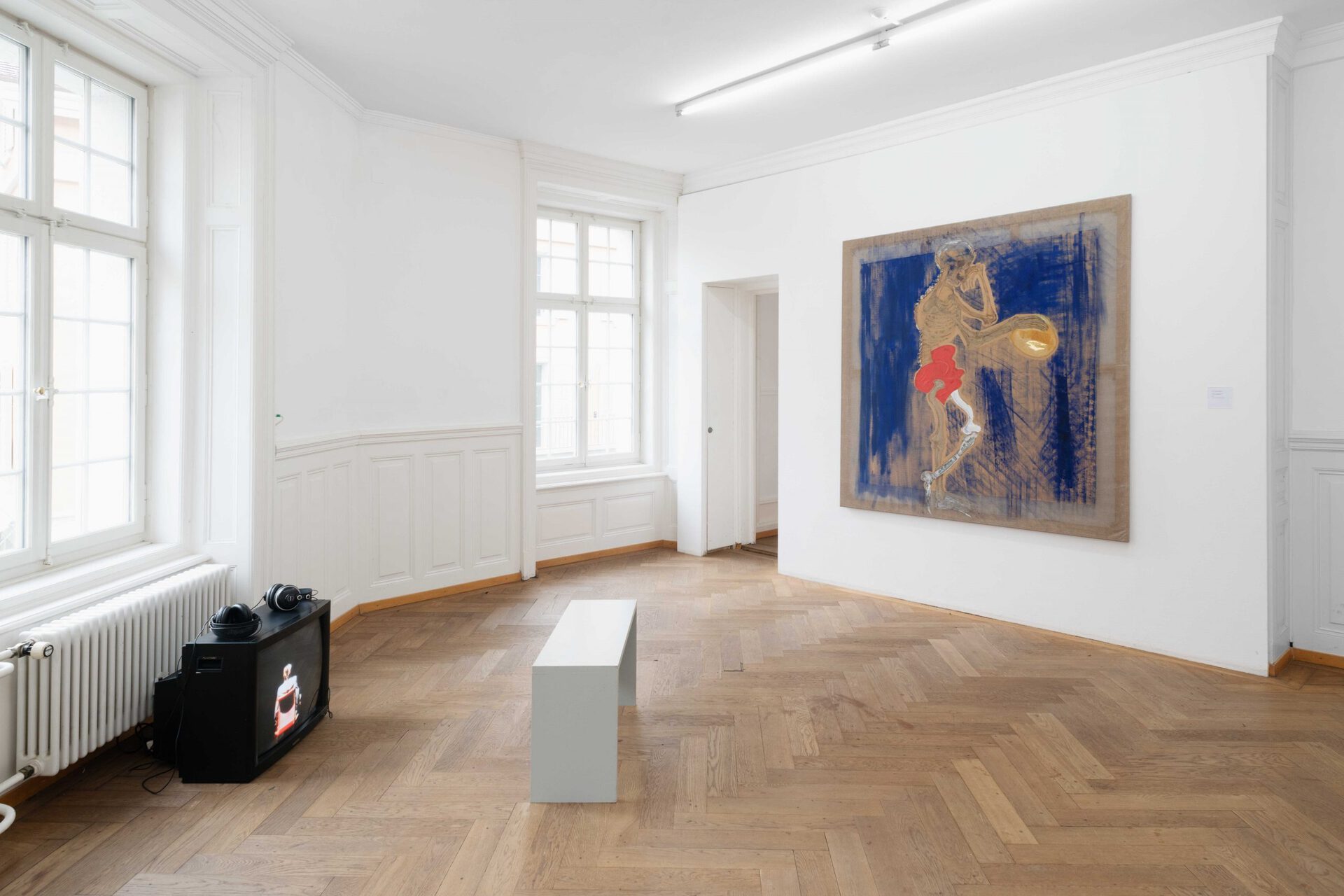

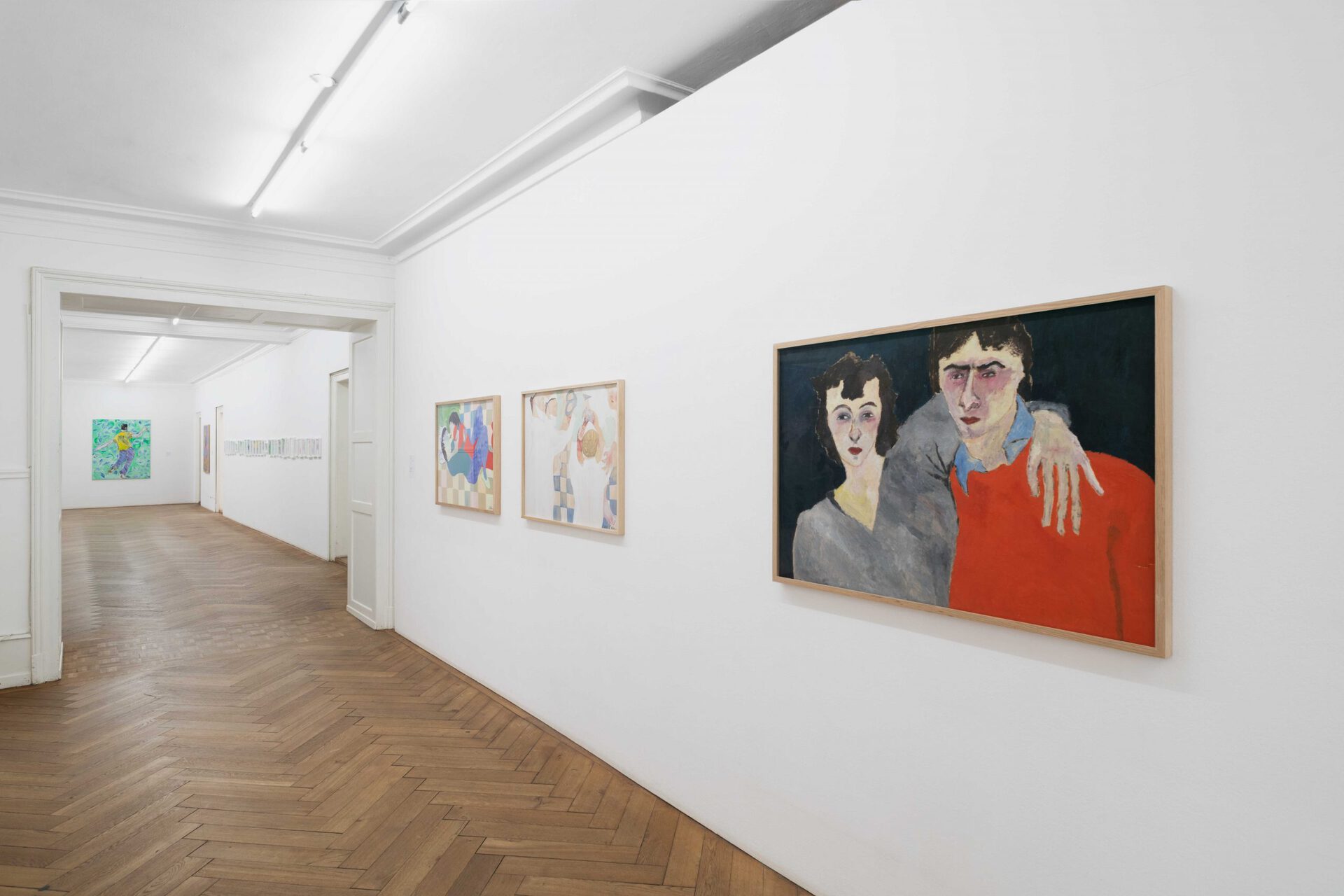
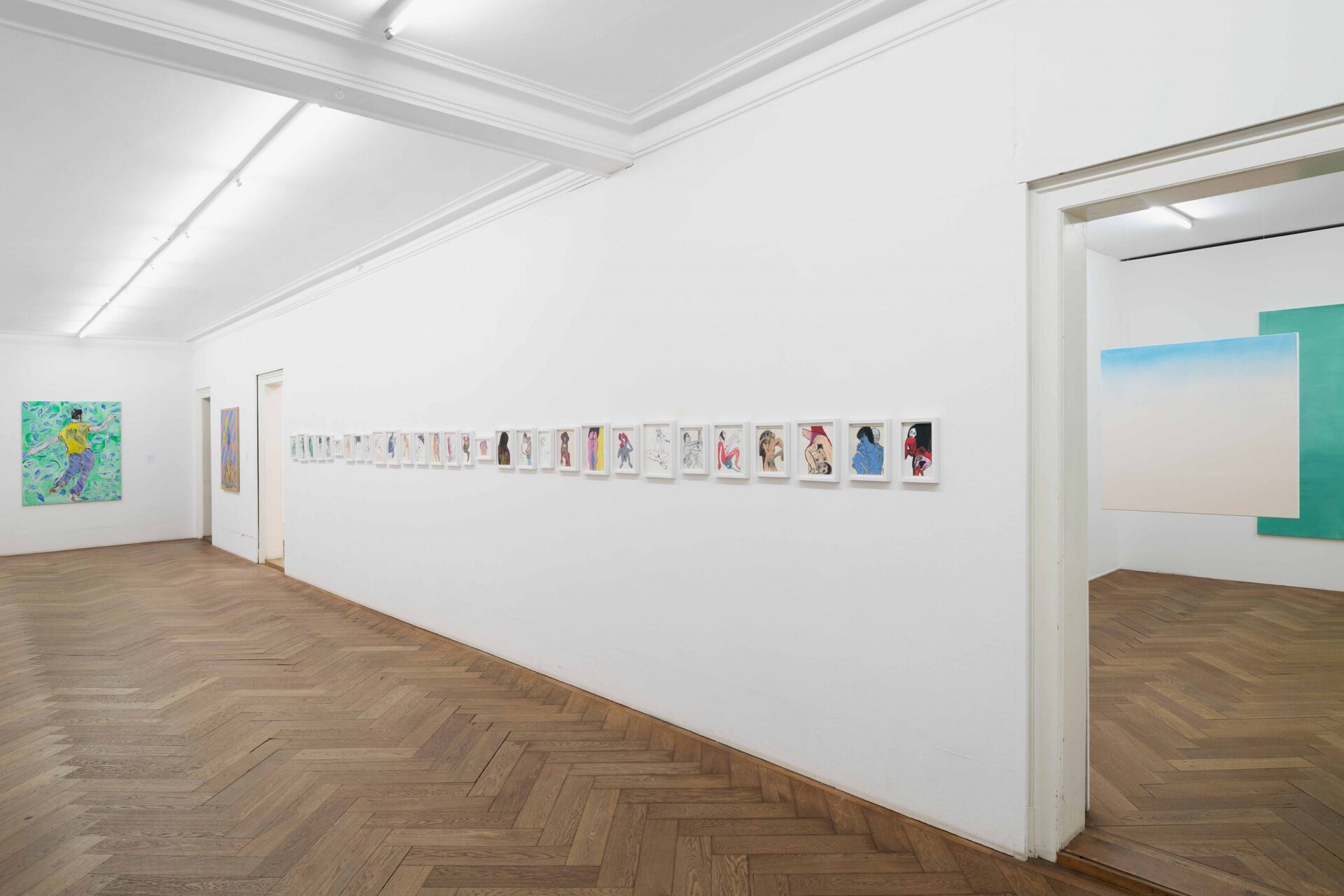
Location
Kunsthaus LangenthalDate
25.08 –13.11.2021Curator
Raffael Dörig, Claire Hofmann, Elise Lammer, Luca Lo PintoPhotography
Flavio KarrerSubheadline
The Thinking Body, so far the largest exhibition of the work of Cathy Josefowitz (1956-2014), showcases the entire range of her artistic output, in which paintings and drawings enter into a dialogue with choreography. The body – in motion and in relation to other bodies – constitutes the core of her work. While Josefowitz’s extensive oeuvre was rarely exhibited during her lifetime, the cosmopolitan Swiss artist’s oeuvre now can be re-thought in the context of current discourses on figuration, gender, the body, and identity. Initiated by the Kunsthaus Langenthal and curator Elise Lammer, the exhibition was developed as a joint project in collaboration with the Centre culturel suisse in Paris and the MACRO Roma and will be on show in each of these institutions successively between August 2021 and spring 2022. The exhibition is supported by the society Les Amis de Cathy Josefowitz, Arsenic, Centre d’art scénique contemporain, Lausanne and La Becque | Résidence d’artistes, La Tour-de-Peilz.Text
Kunsthaus Langenthal, in collaboration with curator Elise Lammer, the Centre culturel suisse, Paris, and MACRO Roma, is delighted to present a touring retrospective exhibition of the work of Cathy Josefowitz (1956–2014):
A prolific artist from a very young age, Cathy Josefowitz gained renown for an art practice revolving around inquiry into the nature of self and of the other, pursued via painting, drawing, performance, and choreography. Born in 1956 in New York, this Swiss artist never ceased to explore incarnation, at times to the point of obsession, in relation to her own physicality as well as that of others; in part in semantic terms, in her representation of the ideal, dysfunctional, invalid, effervescent, ecstatic or, quite simply, inert body; and conceptually, too, through a number of projects that denounced the violence inflicted on the bodies of marginalized members of society, particularly the women among them, and on those of animals. Cathy Josefowitz studied set design at the Théâtre National de Strasbourg before moving to Paris at the tender age of seventeen, to take a degree in visual arts at the École Nationale des Beaux-Arts.
In the late 1970s, in the United States, she discovered dance, then primal theater, and later, while studying in the UK at the Dartington College of Arts, the contact improvisation and anatomical release dance techniques pioneered by her avant-garde peers Steve Paxton and Mary Fulkerson, respectively. Her own research into the interrelation of the choreography of movement and the painterly gesture attained ultimate polish at the School for New Dance Development in Amsterdam, where she took a course in choreography from 1987 on. Her whole life long, she never ceased to deconstruct the hierarchy between the dramatic and the visual arts and, thanks to works whose dimensions and expression reflect the range and the impact of her own body, her oeuvre personifies a reconciliation of two media often treated as disparate in art history.
Having departed this life, in Geneva in 2014, Cathy Josefowitz leaves a legacy comprising more than 3‘000 works of art from a period of over forty years, the pertinence, depth, and tenor of which resonate strangely in light of the present resurgence in Europe and the rest of the western world of questions of identity pertaining to the body, its self-expression, and its representation by others, as well as to the rise of a new syntax of feminist militancy.
Under the direction of Claire Hoffmann, Raffael Dörig, Luca Lo Pinto, and Elise Lammer, in collaboration with the association Les Amis de Cathy Josefowitz, Geneva; Arsenic, Centre d’art scénique contemporain, and La Becque | Artist Residency in La Tour-de-Peilz, this retrospective exhibition highlights Cathy Josefowitz’s contribution to art history and gives visitors an opportunity to discover an artist whose work to this day remains little known.
Kunsthaus Langenthal